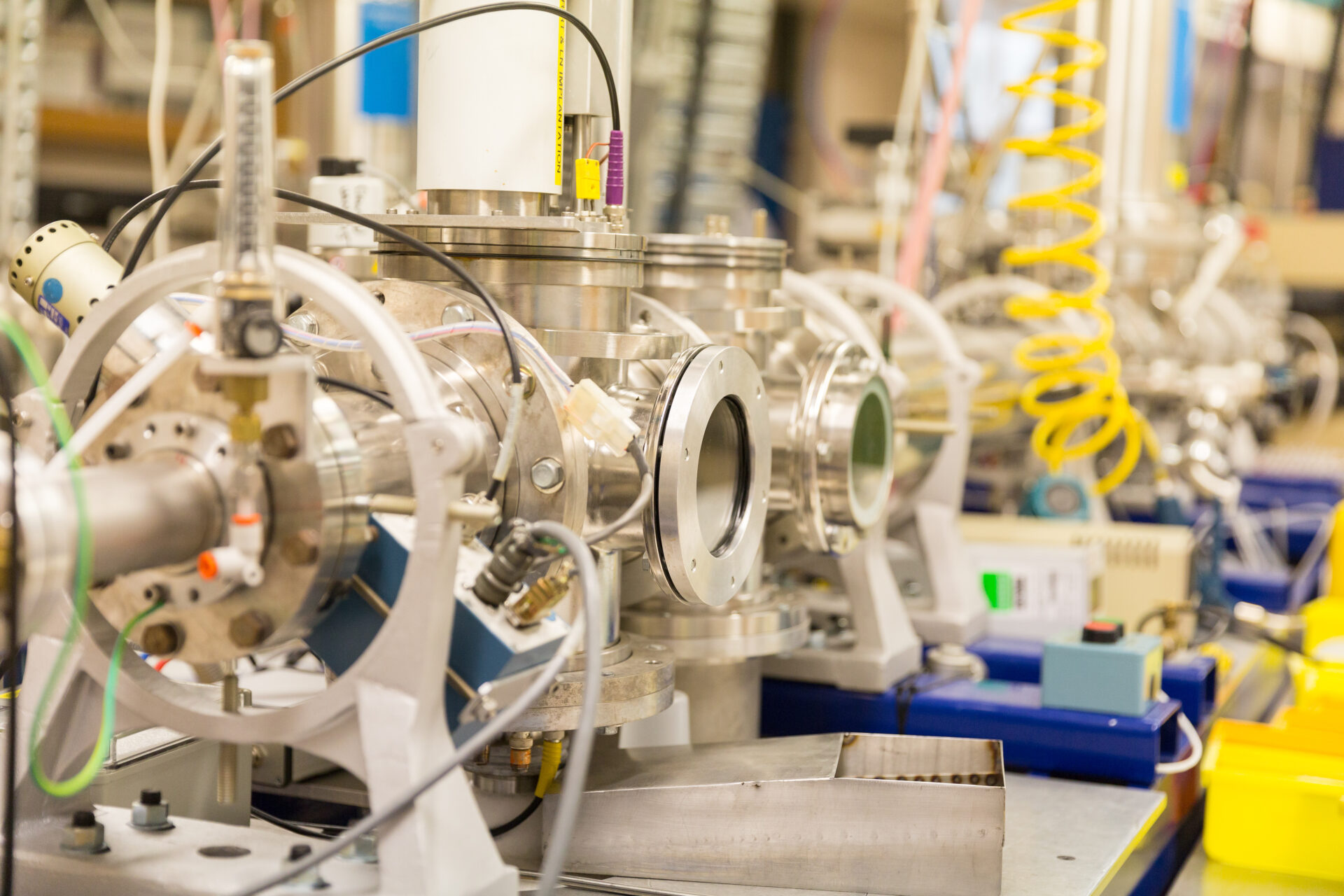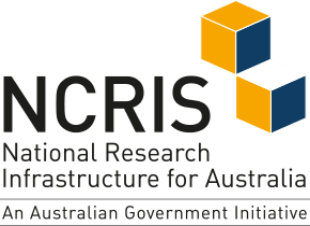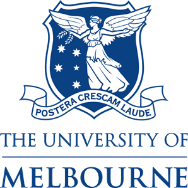Quantum computing is a revolution in progress, and Dr Shao Qi Lim is excited to be part of it.
“I’m lucky to be part of this revolutionary field,” says Dr Lim, a postdoctoral fellow in the ARC Centre of Excellence for Quantum Computation and Communication Technology (CQC2T) based within the Experimental Condensed Matter Physics (ECMP) group at the University of Melbourne.
“This position gives me the unique opportunity to work with not just interesting projects, but many other researchers doing really cool stuff. I get to meet some brilliant scientists,” she says.
One of Dr Lim’s roles is to use the accelerators at the Heavy Ion Accelerators (HIA) nodes at the Australian National University and the University of Melbourne to precisely embed atoms into wafers – mostly silicon – to create materials for ground-breaking technology, such as quantum computing.
Users come to HIA seeking exquisitely engineered materials with dopants embedded to very precise specifications for their experiments. Their industries span not only quantum computing, but also novel superconducting and semiconducting materials, and ultra-sensitive quantum magnetic sensors that could, for example, be used for research in material science, neurobiology and geology.
For every project, Dr Lim devises a workflow using the HIA facilities at the University of Melbourne and the Australian National University in Canberra to implant samples with ions. This can involve processes to purify the sample, dope it, oxidise it, pattern it, characterise it, and test it to exacting standards so it is ready for the next steps in the project.
She’s uniquely placed to do this thanks to her previous role, a PhD student at the ANU, during which she developed an encyclopedic knowledge of the capabilities of the ANU Heavy Ion Accelerator Facility (HIAF) and Ion Implantation Lab (iiLab) accelerators – knowledge she has added to over the last two years at Melbourne.

She deflects the credit, instead citing Professor Jeffrey McCallum, who is a technical advisor for CQC2T and is director of the ECMP group at Melbourne.
“Jeff has a huge network of collaborators he has built up over twenty years or more. He knows the materials; people take his advice and trust him with their samples,” Dr Lim says.
“He’s known as the Implantation and Materials Guy.”
Professor McCallum’s networks draw researchers from across the country and the globe to HIA.
One of the longest-standing collaborations is with co-workers in the silicon programs in CQC2T based at UNSW Sydney, who require different atoms placed in precise locations, at precise depths. Other research groups from as close as RMIT in Melbourne, to as far afield as Europe, Scandinavia, the Middle East and North America also queue up for Dr Lim’s exquisitely crafted samples.
The next challenge, says Dr Lim, is not only to create qubits that can be reliably addressed and read out, but to then scale up these qubits into coupled arrays. This will require an improved understanding of atomic-scale defects in the material.
“A factory could not do what we do,” Dr Lim says. “In a university-based laboratory, we are able to more freely use the HIA facilities for highly innovative experiments that push the boundary of our current knowledge.”
If it comes off, Dr Lim imagines there could be some big long-term impacts.
“We’re creating arrays of quantum bits, or qubits, made from single atoms implanted in isotopically purified silicon – in principle that’s how you might realise a large-scale quantum computer.”



